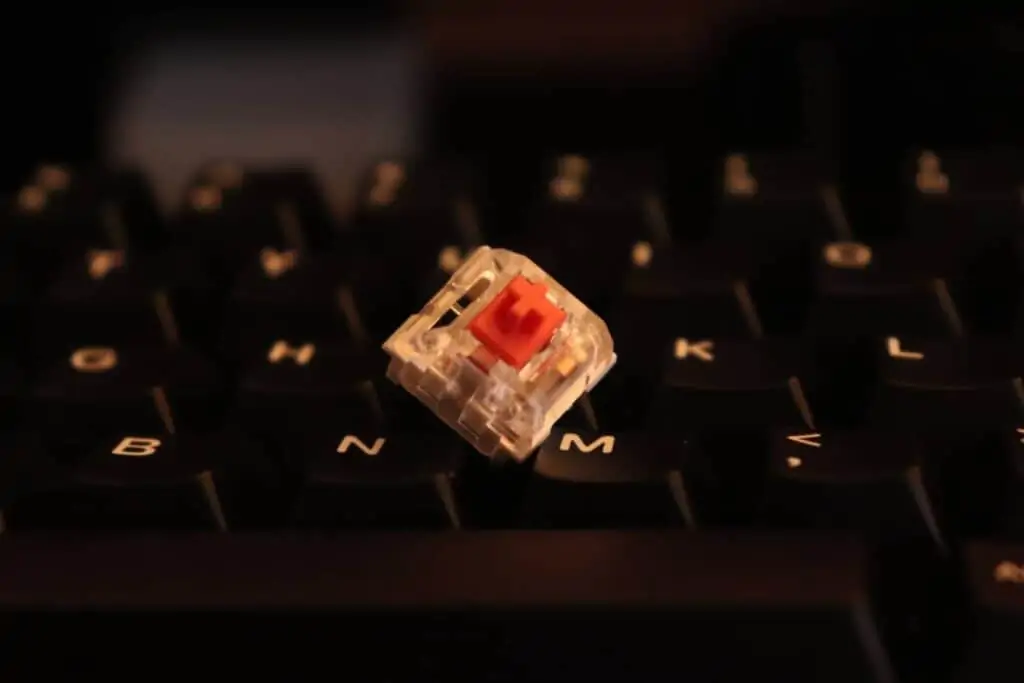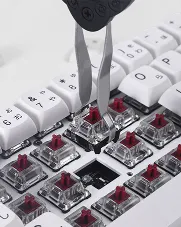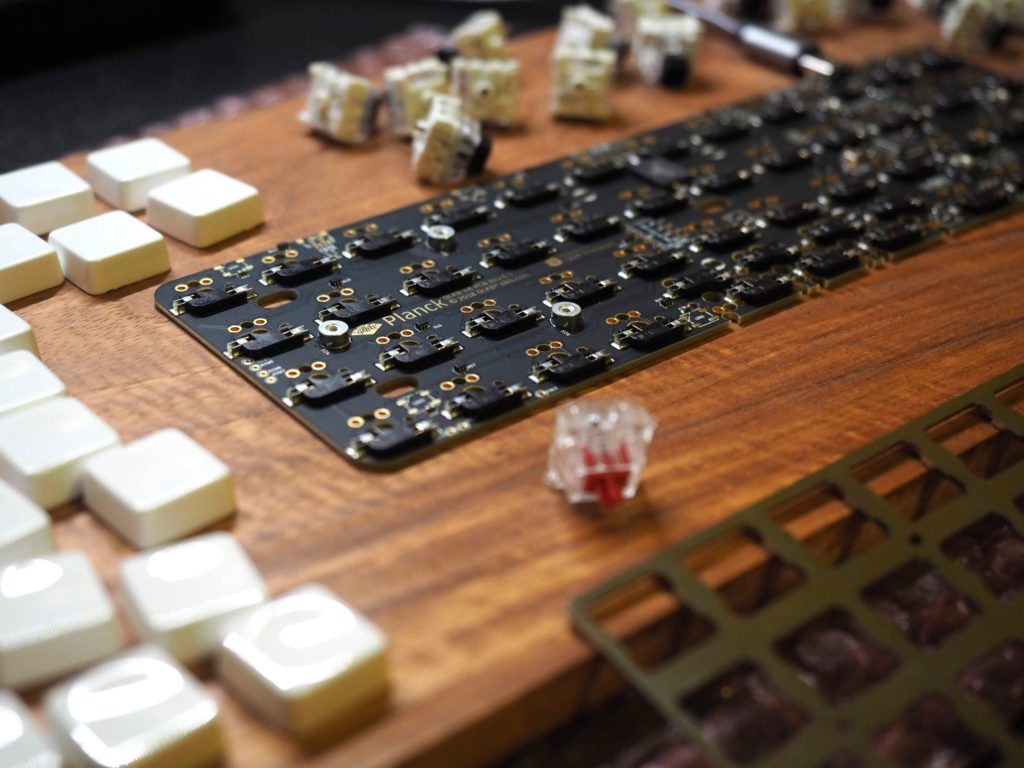Most keyboards in the world use a standard QWERTY keyboard layout, as you might already know. This layout is based on the English alphabet and is used in most countries around the world. But, did you know that there are actually many different keyboard layouts available to accommodate different languages? Surprised, right? So were we.
There are keyboard layouts in other languages. For example, the Japanese keyboard layout uses different keys for different vowel sounds, so it’s easier to type Japanese characters on a Japanese keyboard than on a U.S. keyboard that uses the standard QWERTY layout.
Another example of a language-specific keyboard layout is the Russian Cyrillic alphabet keyboard. This layout was designed specifically for Russian speakers and uses different keys than the U.S. English alphabet keyboard does, so it’s easier to type Russian characters on a Russian Cyrillic keyboard than on a U.S. English
Sounds interesting?
So, in this article, we will explore more of these keyboards in other languages so that you can choose a language specific keyboard that best suits your needs!
So, let’s start.
Keyboards in 5 Different Languages
– The English Keyboard
The English keyboard has the ‘qwerty’ layout and it is most commonly used in the English language. It is the most popular keyboard layout in the world and is used by approximately 85% of users of desktop computers. The English keyboard provides a standardized layout for both American and British English and is the default layout for Microsoft Windows.
One feature of the English keyboard is that it has two sets of shortcut keys. The first set of shortcut keys is positioned near the top right corner of the keyboard, and they allow the users to control basic functions such as opening programs, changing Internet browsers, and turning off their computer. The second set of shortcut keys is located in a different location on the keyboard, and they are used to access more advanced features such as editing text files or working with photos.
– The Spanish Keyboard
The Spanish language keyboard is used in Spain, Latin America, and some parts of the United States. It is the same as the English keyboard, but with different symbols. For example, “ñ” is replaced by “j”.
The Spanish keyboard is divided into two sections, the upper part for numbers and the lower part for letters. Each section has its own set of keys. The numbers section has the number keys 1-9 on the left side, and the letter keys A-Z on the right side. The letters section has the letter keys a-z above the number keys, and comma, space, tilde ( ~ ), and grave ( ` ) below them.
– The French Keyboard
The French keyboard is different from the English and Spanish keyboards in that it uses a different number of keys. The French keyboard has nine keys instead of the five on the English and Spanish keyboards. The French keyboard is used in France, Belgium, Luxembourg, Switzerland, Monaco, Andorra, and some parts of Canada.
This keyboard has a number of unique features, such as the “Command” key which allows you to control media playback from your computer, and the “Windows” key which opens up a window that lets you access certain features of Windows. Additionally, the French keyboard has separate keys for numbers 1-9 and symbols (such as ), which makes it easier to type numerals
– The German Keyboard
The German keyboard is similar to the French keyboard, but with different symbols. The German keyboard has twelve keys instead of nine on the French keyboard. The German keyboard is used in Germany and Austria.
German keyboards are usually wider than other keyboards, which makes them easier to type on. They also have a number of shortcut keys located near the top of the keyboard. These shortcuts can be very helpful when typing quickly, or when you need to access certain functions quickly. Additionally, German keyboards often have more raised areas on them, which makes it easier to hit certain key combinations. Also, each letter on the keyboard is assigned a number, which makes it easy to find your desired letter.
– The Italian Keyboard
Finally, the Italian keyboards. These are again generally similar to English ones, with the exception of a few additional keys. The most common difference is that the “ç” key is replaced by the “j” key on Italian keyboards. Other differences include a dedicated “zero” key and a “tilde” (~) key that works similarly to the backslash (\) key in English. It also comes with a ‘qwerty’ layout. The qwerty layout was popularized in Italy in the 18th century, and it continues to be used there to this day.
This language keyboard has the number keys that are placed on the left side, which is unusual for a keyboard, but it makes typing numbers much faster and easier. Whereas, the Space bar is located in the top right corner, which makes typing fast and easy. And the “Ctrl” key is located on the bottom left corner, which makes it easy to access frequently used commands.
Concluding Keyboards in Different Languages
I hope we were able to provide you with a snapshot of what keyboards in other languages look like. But this is not the end of it. There are keyboards in a lot many other languages as well. So, for instance, at the start of the article, we mentioned Japanese and Russian keyboards. And then apart from the ones we listed, there are Chinese, Arabic, and Tibetan keyboards.
So, now that you are aware of the keyboards in other languages, you will be at ease to know that you just have to learn to use only one of them!
If you are a fan of noisy keyboards and want to make your keyboards louder we have a nice article on how to make your keyboards louder. Do give it a read.


